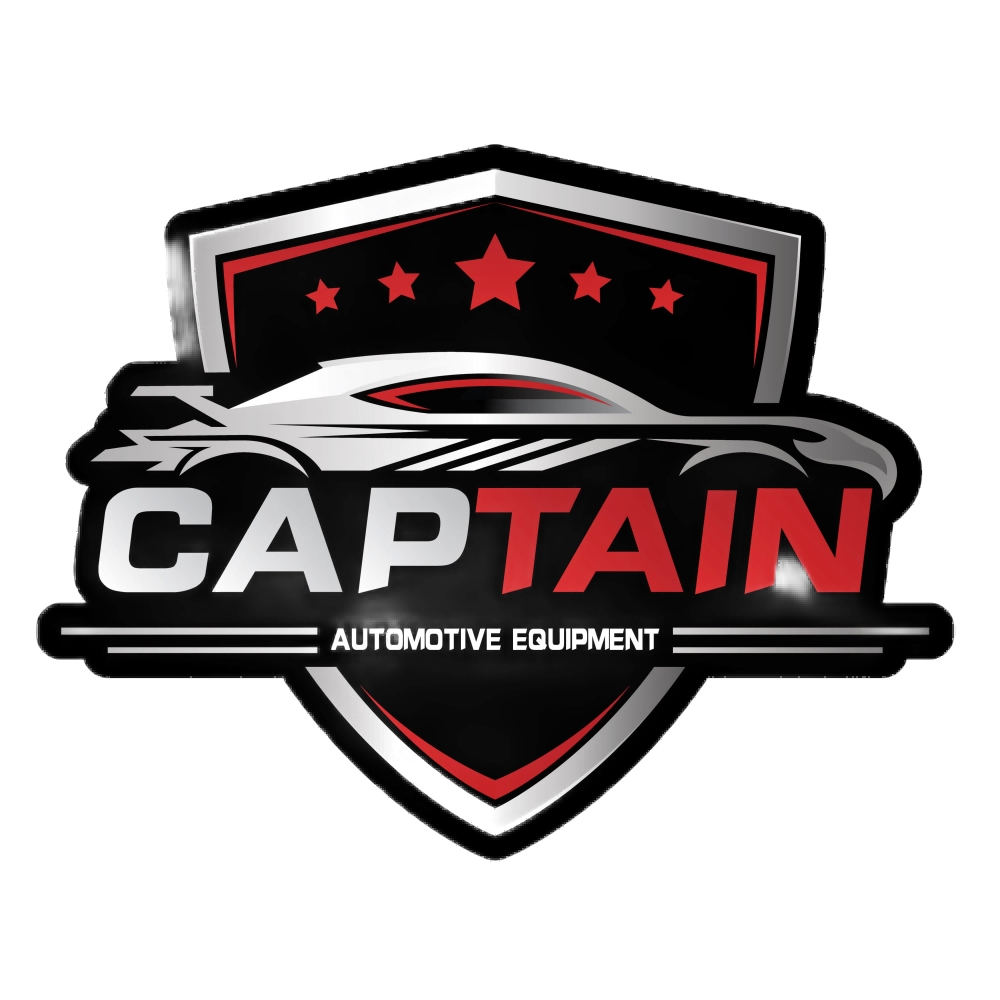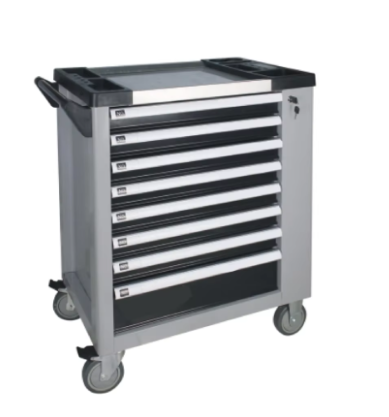How Car Lift Designs Revolutionize Workshop Productivity
Hydraulic vs. Pneumatic System Capabilities
Car lifts generally depend on either hydraulic or pneumatic systems, and these two approaches come with their own pros and cons that really affect how productive a repair shop can be day to day. Hydraulic systems stand out because they can lift massive weights, sometimes as much as 15,000 pounds, which makes them perfect for working on trucks and other heavy duty vehicles that regular equipment just can't handle. On the flip side, pneumatic systems work better for smaller cars and light trucks, usually maxing out around 6,000 pounds give or take. When it comes to speed, there's another big difference worth noting. Most hydraulic lifts get the job done pretty quickly, getting a vehicle up in about 30 seconds flat. Pneumatic ones tend to lag behind though since they need time for the air pressure to build up properly before lifting starts.
When looking at maintenance needs and how much power these systems eat up, there's definitely something worth noting here. Hydraulic lifts tend to need more regular checkups and repairs over time, but what they lose in convenience they gain back in lasting power. On the flip side, pneumatic lifts usually sit pretty quiet between service calls and slide right into place during installation. Shops dealing with constant car traffic find them particularly handy because downtime is minimized. Speaking of power usage, pneumatic setups actually beat out hydraulics quite handily when it comes to running costs. They work with compressed air instead of relying on pumps that guzzle electricity. Some garages report cutting their monthly bills by nearly 30% after switching from hydraulic to pneumatic systems.
Space-Optimized Configurations for Different Vehicles
How car lifts are set up really matters when it comes to getting the most out of limited workshop space. There are several main varieties available these days including two post, four post, and scissor models, each designed for specific needs based on what kind of vehicles need lifting and how much room there actually is. Take two post lifts for example they take up less floor area and work great for smaller cars and midsize trucks. On the other hand, if someone deals with bigger rigs like full size SUVs or commercial trucks, then four post lifts make more sense since they provide better support and leave extra room around the sides for tools and parts. And don't forget about scissor lifts which are ideal for those super low ground clearance vehicles that just won't fit under regular lifts. These compact units slide right into tight corners where traditional lifts would never go.
Vertical parking lifts and other space saving designs really boost parking capacity by making good use of overhead space. This means auto shops can work on more cars without needing to build out extra space. When picking which lifts to install, it pays to think about what kind of vehicles come through the shop regularly. A garage that mostly handles compact cars will need different equipment than one dealing with trucks and SUVs. Many repair facilities have seen around 25 percent better workflow after rearranging their workspace with smart lift placement. The difference isn't just numbers on paper either these changes actually make daily operations run smoother for technicians and customers alike.
Safety Innovations Driving Efficient Maintenance Practices
Intelligent Load Management Systems
Smart load management systems are essential for keeping car lifts working properly while preventing them from getting overloaded and damaging themselves. They help prolong the lifespan of lifts by spreading out weight across the platform instead of putting too much stress on any single part. Newer models now come equipped with automatic safety locks that kick in once the lift reaches its operating height, which cuts down on slips and drops that can happen accidentally. Most importantly, these systems follow OSHA guidelines closely, so repair shops stay within legal boundaries and keep their staff safe from harm. Shops that installed these systems saw accident rates drop dramatically according to recent research, showing just how important they've become in modern workshop safety practices.
Ergonomic Workflow Improvements
The inclusion of ergonomic design in modern car lifts has changed how techs handle maintenance jobs, making things faster and safer overall. Most lifts now come with adjustable height settings so workers can position them just right for whatever job they're doing, cutting down on all that backbreaking bending and reaching. These adjustments really matter because they help prevent those nagging shoulder strains and lower back issues that plague many shop workers. Many newer models also feature built-in tool storage areas and workstations that keep everything within arm's reach during repairs. This kind of setup lets mechanics actually concentrate on fixing cars instead of constantly hunting for wrenches or screwdrivers. Some data shows these ergonomic improvements could cut workplace injuries by around 30 percent, which makes sense when considering how much stress repetitive motions place on bodies over time. Shops investing in this equipment often run training sessions too, teaching staff proper lifting techniques and positioning methods to get the most out of these upgraded lifts while staying injury free.
Time and Labor Optimization Through Lift Utilization
Multi-Tasking Potential Under Elevated Vehicles
Car lifts offer more than just basic vehicle elevation they let mechanics work on multiple jobs at once, which really cuts down on how long repairs take. When a technician can do things like change oil while checking brakes all at the same time, those saved man hours add up fast. Shops that actually make good use of these lifts often see their completion numbers jump around 40%, according to shop owners who track their metrics. Some newer models even come with built-in storage compartments right in the frame itself. This means mechanics don't waste precious minutes hunting through toolboxes between tasks. Real world results back this up too. A bunch of independent garages across the country report seeing productivity spikes after installing proper lifting equipment, with many pointing directly to better multitasking as the main reason behind their improved output.
Reduced Vehicle Positioning Time
The latest improvements in lift technology have really changed how shops handle vehicle positioning, making it much faster to get all sorts of cars and trucks ready for service. Shops now commonly see features like adjustable lift arms that make positioning quicker and smoother, which helps keep things moving through the garage without bottlenecks. Some research points to these new lifts cutting positioning time nearly in half compared to what was possible with older equipment back in the day. Actual shop operators tell similar stories about their own experiences. Many mechanics report seeing noticeable differences in their daily operations after upgrading. Jobs don't sit around waiting as long, customers aren't stuck in limbo between appointments, and overall productivity just seems to climb steadily month after month once these modern lifts become part of the routine.
Smart Technology Integration in Modern Lift Systems
Diagnostic Data Synchronization
Car lifts these days aren't just for lifting vehicles anymore. They now work hand in hand with diagnostic equipment to sync all sorts of vehicle data. When mechanics can see exactly what's wrong with a car while it's still on the lift, they save tons of time figuring out repairs. The data analysis features give technicians actual numbers and readings right there at the workstation, so they don't waste time guessing. Cloud computing has become pretty essential for this whole system too. Mechanics across different service bays can share information instantly, which means no one is working blindfolded when multiple people need to fix the same problem. Garage owners who've implemented these connected systems report cutting down repair times by about 30% according to industry reports, and customers get their cars back faster with fewer mistakes made during diagnosis.
Predictive Maintenance Alerts
The implementation of predictive maintenance systems marks real progress in cutting down on lift downtime since these systems warn operators about problems before they actually happen. The benefit here is pretty straightforward: keeping operations running smoothly without all those unexpected breakdowns that eat into the bottom line when dealing with emergency repairs. When paired with smartphones and tablets, maintenance warnings reach techs right away so they can jump on issues fast rather than waiting for someone to notice something's wrong. Some field tests show lifts staying online around 20% longer when shops switch to these smart monitoring systems. For most workshops, this means fewer interruptions during production cycles and better overall performance from their lifting equipment day after day.
Economic Advantages of Implementing Car Lift Solutions
Shop Throughput Increases
Putting car lifts into auto repair shops really boosts how many cars they can service each day. A lot of mechanics we talked to mentioned seeing anywhere from 30% to almost double the number of vehicles processed once they got those modern lifting systems installed. Why does this happen? Well, jobs just take less time overall when technicians aren't wasting minutes getting cars on and off ramps manually. Plus, the whole shop runs smoother because everyone knows exactly where things stand with each vehicle. Most shop owners we've spoken with rave about the difference these lifts make. One guy told us his monthly revenue jumped by nearly half within six months of installation simply because he could fit more customers through his doors without extending hours.
Long-Term Maintenance Cost Savings
Car lift systems can save money in maintenance costs over time because they cut down on repairs needed for both the equipment itself and the cars it services. Newer lifts just don't need as much upkeep as older versions did back in the day. Shops that switch to modern lifting equipment typically see their bottom line improve within a few years, sometimes getting around 20 to 30 percent return on what they invested. Real world examples from auto repair shops across the country show similar results. Mechanics report spending less on parts replacements and downtime while still getting the job done faster. The savings add up month after month, making these investments worth considering for any shop looking to trim expenses without sacrificing quality service.
FAQ
What are the main differences between hydraulic and pneumatic car lift systems?
Hydraulic car lifts are known for their superior lifting capabilities, often handling vehicles up to 15,000 lbs. They require more maintenance but offer durability. Pneumatic systems, on the other hand, are suitable for lighter vehicles, with a lower lifting capacity and less maintenance required.
How do car lifts optimize space in auto workshops?
Car lifts, such as two-post, four-post, and scissor lifts, optimize space by accommodating various vehicle sizes and garage layouts, allowing for more vehicles to be serviced without expanding the workshop area.
What safety features are included in modern car lifts?
Modern car lifts include intelligent load management systems, automatic safety locks, and ergonomic design features to enhance safety and efficiency during maintenance tasks.
How can car lifts increase productivity in auto shops?
Car lifts enable technicians to perform multiple tasks under elevated vehicles, reducing labor time and improving workflow, resulting in enhanced job completion rates and overall workshop efficiency.
What economic benefits do car lifts offer auto shops?
Car lifts improve shop throughput, reduce maintenance costs, and offer a significant return on investment, contributing to increased business volume and financial performance.

